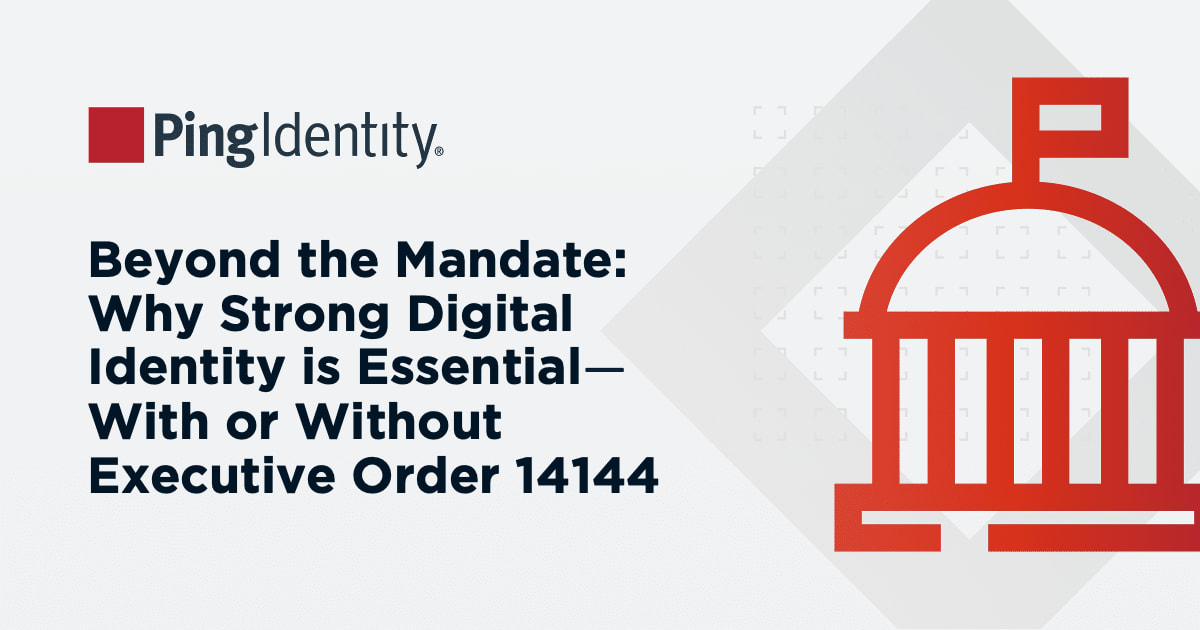According to Ping Identity’s 2024 IT Pro Survey, 54% of IT professionals believe AI will increase identity fraud risks, while 41% expect cybercriminals to significantly escalate AI-driven attacks over the next year. Furthermore, 48% of IT leaders lack confidence in their organization’s ability to recognize deepfakes, underscoring the urgent need for robust AI agent identity governance.
AI Agents Are Creating Security Gaps
Most IAM frameworks are designed to authenticate and authorize human users—not autonomous AI-driven entities. This gap leads to significant security risks:
Malicious AI agents can infiltrate networks by impersonating legitimate users, taking advantage of stolen credentials, or generating deepfake biometric data to pass identity verification checks.
Helper AI agents, if overprovisioned, can be exploited by bad actors, leading to lateral movement within enterprise systems.
Hardcoded credentials, persistent access, and static roles create blind spots where AI-driven threats can operate undetected.
Discerning Good AI Agents From Bad AI Agents Is Difficult
Unlike human identities, AI agents interact with digital ecosystems in unpredictable ways. Traditional IAM ecosystems, built for human access control, are ill-equipped to handle the dynamic nature of AI-driven workflows. Some of the key challenges include:
1. AI Agents Have Complex Identity Relationships
An AI assistant scheduling meetings for an executive needs access to their calendar, email, and travel services—but only when executing those tasks. AI agents require:
Distinct identities to ensure transparency and accountability.
Context-based entitlements to prevent excessive access rights.
Auditable decision-making to trace AI-driven actions back to their source.
2. Overprovisioning and Lateral Movement Risks
Assigning traditional role-based access control (RBAC) to AI agents can lead to overprovisioning. If an agent has excessive permissions, a security breach could allow attackers to exploit its privileged access and move laterally across enterprise networks.
3. The Challenge of Non-Persistent and Contextual Authentication
Unlike human users, AI agents operate 24/7 and cannot rely on standard authentication methods like multi-factor authentication (MFA). Instead, organizations must:
Implement just-in-time (JIT) and just-enough-access (JEA) provisioning.
Use ephemeral credentials to replace static API keys and service accounts.
Continuously verify AI agent access using risk-based authentication.
4. AI Governance and Explainability
AI decisions must be governed, explainable, and compliant with regulations such as GDPR, HIPAA, and financial security mandates. Organizations need clear policies outlining:
Which AI agents can perform specific actions
What data they can access
How to revoke access dynamically
The 2024 Ping Identity consumer survey found that 89% are concerned about AI impacting their identity security; however, it also showed that 41% of consumers use AI in their personal life, at work, or both. This consumer apprehension despite growing adoption highlights the need for IAM frameworks tailored for AI to ensure safe and ethical use of this technology. As AI agents continue to proliferate across various use cases from workforce to consumer, strong AI governance becomes more critical than ever. Without it, businesses risk regulatory non-compliance, biased decision-making, and security vulnerabilities.



